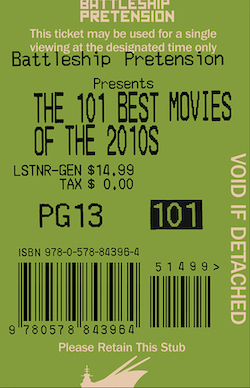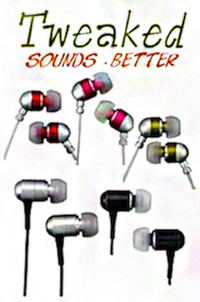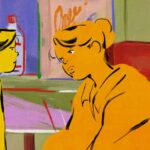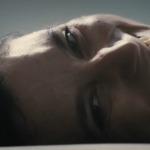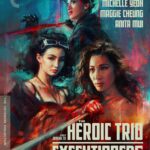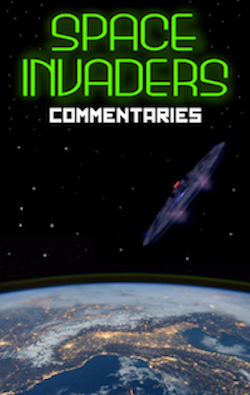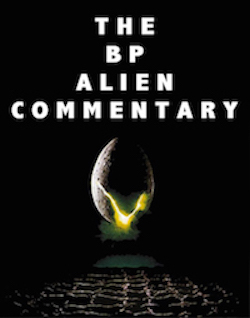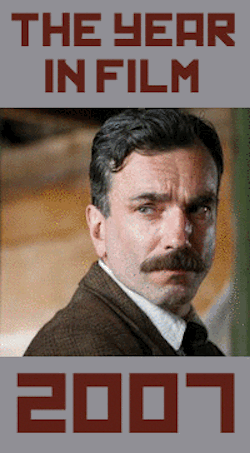Inu-Oh: Rock of Ages, by Alexander Miller
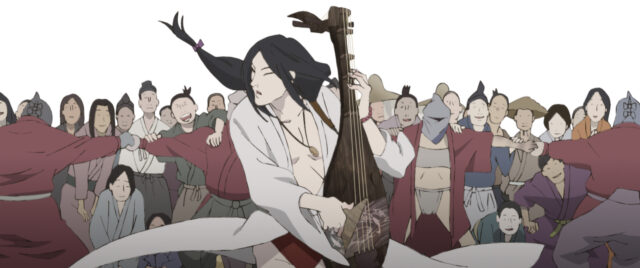
Amid the glut of Miyazaki wannabes, soapy teen melodramas and the other various fare being peddled out, we must be grateful for the likes of Mamoru Hosoda and Masaaki Yuasa (whose new film, Inu-Oh, is out now), the two foremost original players in modern anime feature films. Each possesses a wholly unique cinematic voice and has etched their aesthetic into our collective vernacular and we’re all the better for it. While Hosoda’s more fantastical flights continue to dazzle fans and newcomers alike (despite the somewhat diminishing returns with his recent Belle), Yuasa’s contrasting modernity is always a welcoming distinction.
Inu-Oh’s period setting might stand in contrast to Night is Short, Walk on Girl, or Lu Over the Wall. Yet, Yuasa inoculates the historical narrative with his energetic style identifying thematic similarities laid down by the film’s epic historical derivations. Starting with an almost declarative statement of anachronistic gesture, we’re introduced to both a modern and medieval Japan, all tuned to a spirited, pop/punk musicality readily identifiable along Yuasa’s self-styled aesthetic. We take a deep-dive into the 15th-century lore, an expository scene where classical watercolor-styled animation brings medieval feuds to life. These epic vistas are the stuff we’d associate with the likes of Masaaki Kobayashi. After all, like Kobayashi’s Hoichi the Earless segment from Kwaidan, Inu-Oh’s central action revolves around historical mythos and folklore, as told by a blind biwa player endowed with musical prowess to the point that seems preternatural. Likenesses aside, Yuasa’s voice is one impervious to derivation or mannerism; if Inu-Oh’s is reminiscent of anything, it will be that of the director’s previous films.
We get a generous helping of lore, expositions, and introductions, but it’s not detrimental to the film’s momentum; Inu-Oh hits the ground running and, despite a few greasy spots, maintains an entrancing pace. Of our two central characters, there’s Tomona, a blind biwa player who lost his vision after recovering a cosmic undersea artifact (not unconnected to the aforementioned imperial intrigue) that simultaneously claims his father’s life. And the bizarre, cryptic circumstances surrounding Inu-Oh’s birth are accompanied by a seemingly ritualistic ceremony, replete with some haunting, Cronenberg-esque imagery as his mother pushes out a writhing mass is always coated with linens, always sporting a gourd mask. There’s a patchwork quality to his overall demeanor, and it’s likely a by-product of his disproportionate anatomy; legs and arms operate with an animalistic prowess as he can effortlessly scale walls and is often seen skirting through towns at high speed. Yuasa counterbalances the potential for outward horror but is content to court the uncanny as a subordinate plot element and shapes it into an inspiring breath of captivating originality.
All this business of mutant births, body horror and cursed relics might be morose in lesser hands but with Yuasa’s relish for misfits, outcasts and rebels shape these cryptic themes into curiously compelling figures of relatability. Not in a reductive, cutesy way but in a lively manner of revisionist storytelling; Inu-Oh has the veneer of a period film and yet it’s more akin to a touring rocker movie with a generous smattering of grungy, punk stylings. Tomona’s vocals and the down-tuned guitar riffs recall the bluesy era of The Blue Hearts. All the while there’s a conceptual bent towards folksy ballads. This tonal variation plays out with a casually entertaining aplomb. Tomona’s wailing on his biwa like Hendrix flared his upside-down Fender Stratocaster. The crowds who amass around their informal provincial gigs are both entranced and bewildered as they murmur rumors and gossip surrounding the mysterious lineup before them. It’s the essence of the maverick punk spirit and flourishes thanks to Yuasa’s penchant for identifying outcasts and artists who prosper alongside their budding passions. There’s an agency in the character’s sense of identity, and in concert with Lu Over the Wall and Ride Your Wave, there’s a penchant for elemental symbolism, namely water. There are the undersea discoveries and the ocean battles of the Genpei War. Water’s presence throughout the film reminds us of its malleability and ability to transform.
The most significant transformation throughout Inu-Oh ranges on spoiler territory, but the overall theme of change and a tendency for self-discovery (namely through musical expression) resonate. The film is at its best when Yuasa ramps the pace from a breezy sprint into the fast and loose realm of touring rocker picture with macabre tendencies. Yuasa’s courting two camps, the cryptic lure of the past and the undeniable need to transform oneself through artistic pursuit.
Inu-Oh is a heady swirl of anarchism, asserted style and folklore. Still, the movie transcends convention with its vibrant energy as it skips and leaps from thematic bullet points to stylistic flourishes. Our director has taken a gamble with his ambitious lensing of imperial intrigue and folklore adjacent to a radically unconventional smattering of tonally charged fantastical revisionist musicals. A little rugged, unpredictable, and relentlessly compelling, Inu-Oh might be Yuasa’s most engrossing outing.












